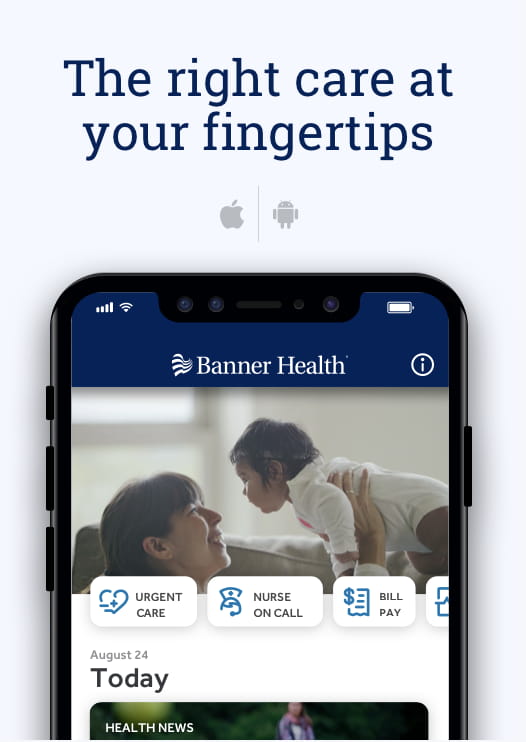We’ve all felt it before—coming back from vacation feeling bloated, tired and sluggish. We sat down with Ashley Amaral, registered dietitian at Banner – University Medical Center Phoenix, to discuss how to maintain a diet plan while enjoying local flavors during your next trip.
Think ahead
As the saying goes, “Fail to prepare, prepare to fail.” Before you leave for your trip, pack snacks and a reusable water bottle (empty if you’re traveling by air) for easy refills and access. Not only will you save your wallet from overpriced travel snacks, but you’ll reduce temptation to buy something unnecessary and unhealthy. When packing, be sure to give yourself a variety of options—especially if you’re planning to travel for more than two hours.
“Beverages can be a big calorie bust,” Amaral says, “Try to limit unnecessary added sugar. Choose water, flavored sparkling water or unsweetened iced tea. Considering coffee is a must for most individuals, avoid all the added sugar and try a drip coffee or cold brew with milk, soymilk or nut milk.”
Travel tip: cut up your favorite fruits, like strawberries and watermelon, and store them in a reusable container. Once you pass through airport security, you can refill your water bottle and pop in a few pieces of fruit for a refreshing, fruit-infused drink.
Be airport-ready
For those on a special diet, Amaral recommends planning ahead and packing travel-friendly snacks.
“Easy to pack foods include peanut butter and jelly sandwiches with gluten-free bread or alternate nut butter, trail mix with mixed nuts and unsweetened dried fruit, sliced apples or banana with on-the-go nut butter packets, gluten free oatmeal packets and protein bars. If you are looking for something crunchy, choose baked snap peas which are low in sodium and high in fiber and contain a decent amount of protein.” says Amaral.
“When it comes to purchasing food at the airport, there has been a cultural shift towards healthy eating, with many companies jumping on board to meet demand. While traveling, stick to high protein, whole grains, natural sugars from fruit and healthy fats. Choose salads with grilled protein and vinegar-based dressing.”
Start your day the healthy way
Try your best to stick to your normal routine as much as you can while traveling, especially in the morning. It’s common to want to skip breakfast and get a head start on the day, but many travelers end up walking more on trips than they do on an average day back at home. Fuel up the healthy way with a delicious breakfast either at the hotel or at a new, local spot, but stick to foods you know.
When it comes to trying a new spot, Amaral says “Try to avoid any food your body is not familiar with or generally would not consume, especially fried or greasy foods. Eat like you would at home.”
Be mindful of social pressures
Traveling is a great opportunity to celebrate, have some fun and make lifelong memories. This said, there are many social pressures that arise when traveling, especially with family and friends.
Usually when traveling, especially if you’re on a cruise, it’s common for portions to be oversized and unbalanced in terms of nutrients. By eating slowly, you are allowing your stomach to settle in and let you know precisely when you’re full. Not only this, but you can also save the rest of your portion for the next day and enjoy it for lunch.
There’s nothing better than seeing the world while living a great, healthy life. By thinking ahead, sticking to your normal routine and being mindful of social pressures, you can maintain your diet while traveling. If you would like additional tips and resources about maintaining a diet while traveling, talk to a Banner Nutritionist near you.


